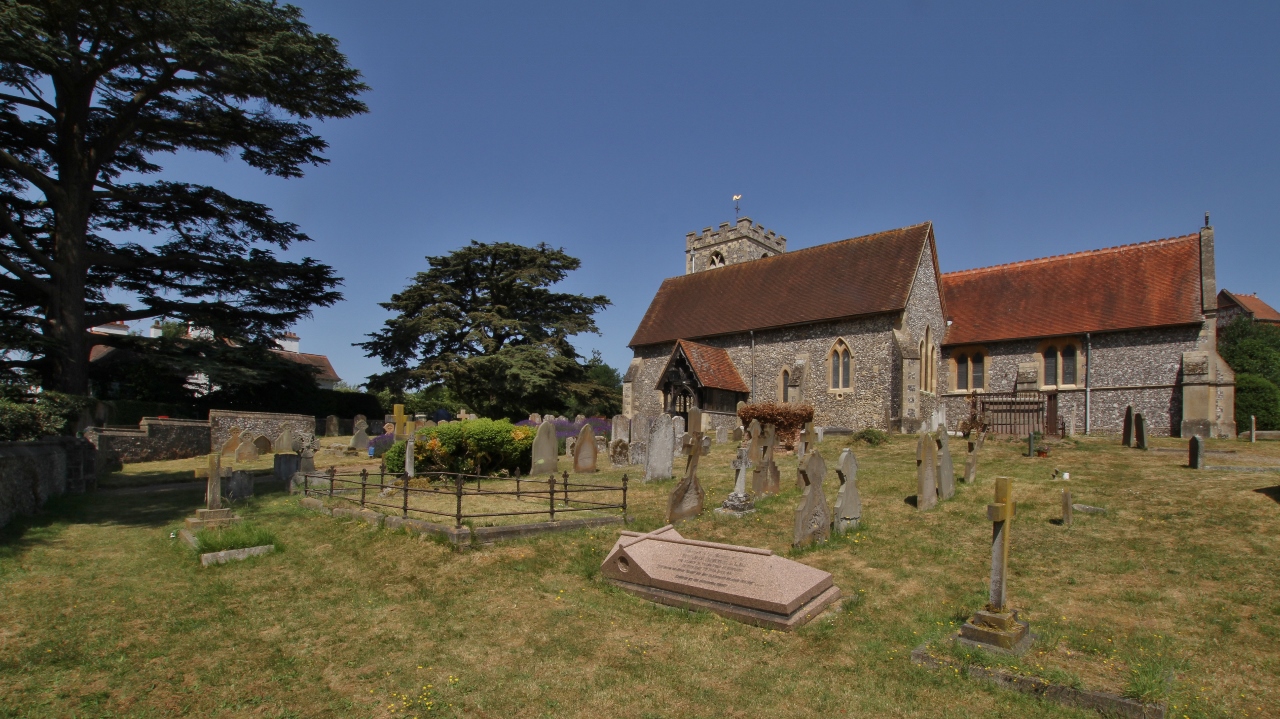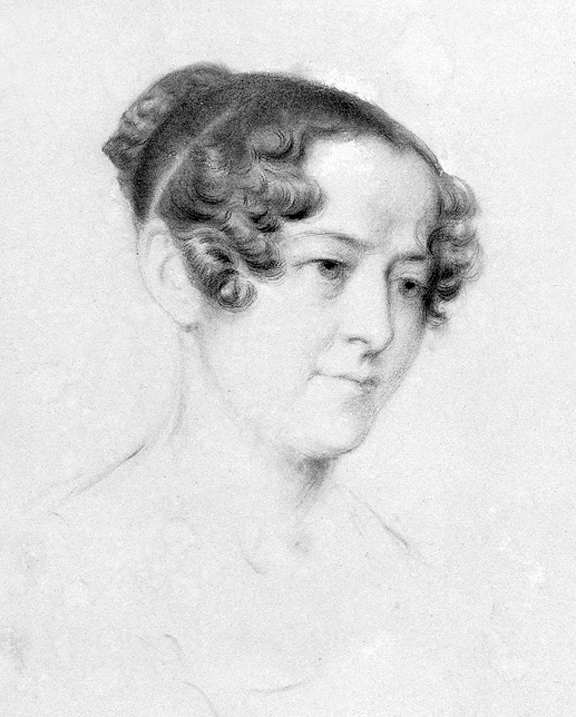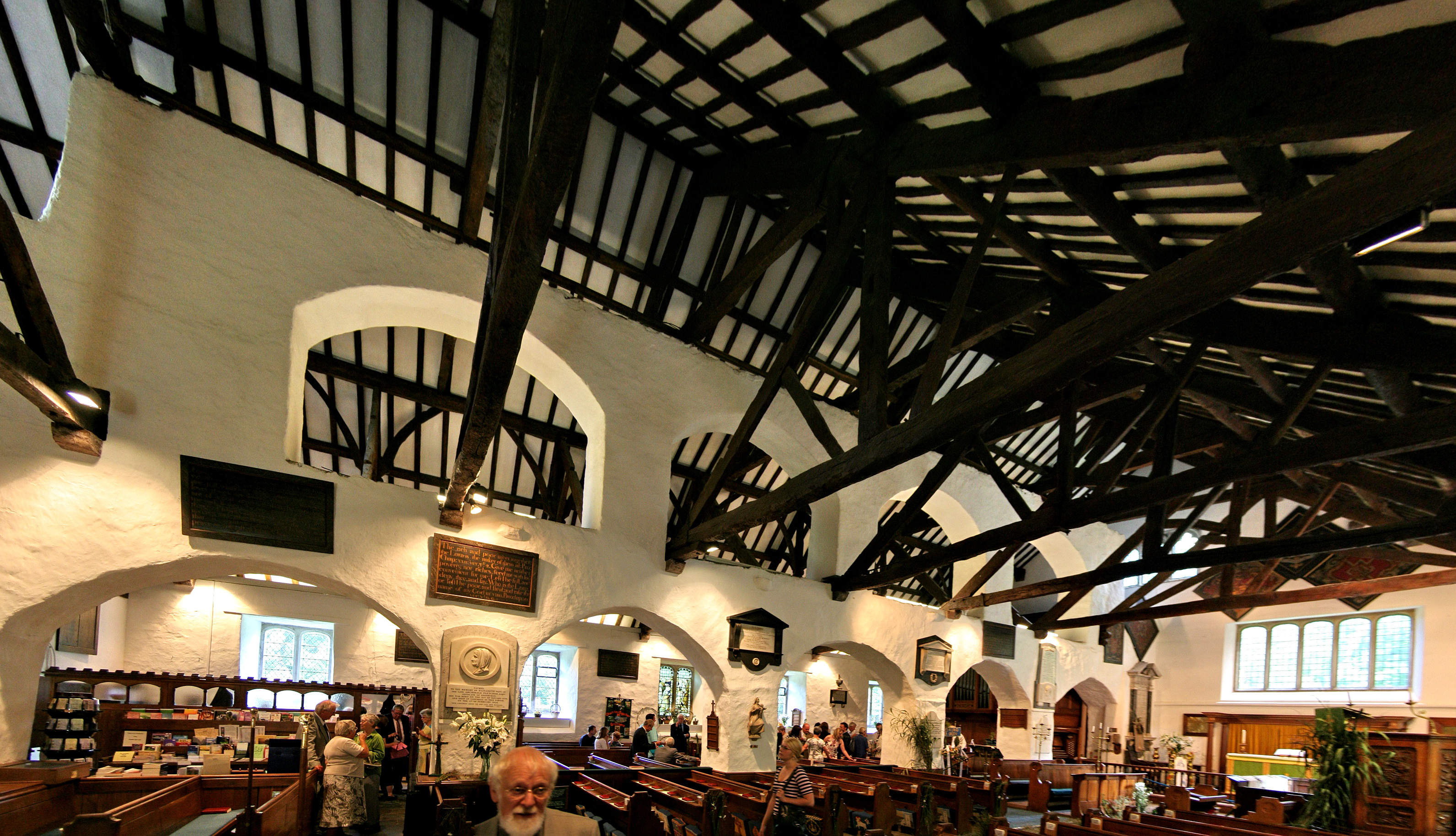|
Willingham Franklin Rawnsley
Willingham Franklin Rawnsley (1845?–1927) was a British author and the proprietor of a private school. Biography Willingham Franklin Rawnsley was the oldest of ten children of the Rev. Drummond Rawnsley, rector of Halton Holgate in Lincolnshire, England, and Catherine Ann (Franklin) Rawnsley. The Arctic explorer John Franklin was his great-uncle, and as a child he served as a page at Alfred, Lord Tennyson's wedding. His younger brother Hardwicke became a Church of England clergyman and a founder of the National Trust. Rawnsley was educated at Christ Church and Corpus Christi Colleges at Oxford University, where he took honours in Classics. In 1880, he married Alice Argles of Peterborough. Rawnsley went on to become the proprietor of Winton House, a private school in Winchester. After retiring, he moved to Guildford in Surrey, where he worked on helping the National Trust acquire properties. Rawnsley wrote several books, including ''Early Days at Uppingham under Edward Thrin ... [...More Info...] [...Related Items...] OR: [Wikipedia] [Google] [Baidu] |
Halton Holgate
Halton Holegate is a small village in the East Lindsey district of Lincolnshire, England. It is situated east from Spilsby. The village Anglican church is Grade II* listed and dedicated to St Andrew. Originating from the 14th century with later additions, it is chiefly Perpendicular in style, except for the tower and the east end which were rebuilt in 1866 by James Fowler.Pevsner, Nikolaus; Harris, John; ''The Buildings of England: Lincolnshire'' p. 265; Penguin (1964); revised by Nicholas Antram in 1989, Yale University Press. The village also has a public house. Governance An electoral ward A ward is a local authority area, typically used for electoral purposes. In some countries, wards are usually named after neighbourhoods, thoroughfares, parishes, landmarks, geographical features and in some cases historical figures connected to t ... in the same name exists. This ward stretches south west to East Kirkby with a total population taken at the 2011 census of 2,495. ... [...More Info...] [...Related Items...] OR: [Wikipedia] [Google] [Baidu] |
John Franklin
Sir John Franklin (16 April 1786 – 11 June 1847) was a British Royal Navy officer and Arctic explorer. After serving in wars against Napoleonic France and the United States, he led two expeditions into the Canadian Arctic and through the islands of the Arctic Archipelago, in 1819 and 1825, and served as Lieutenant-Governor of Van Diemen's Land from 1839 to 1843. During his third and final expedition, an attempt to traverse the Northwest Passage in 1845, Franklin's ships became icebound off King William Island in what is now Nunavut, where he died in June 1847. The icebound ships were abandoned ten months later and the entire crew died, from causes such as starvation, hypothermia, and scurvy. Biography Early life Franklin was born in Spilsby, Lincolnshire, on , the ninth of twelve children born to Hannah Weekes and Willingham Franklin. His father was a merchant descended from a line of country gentlemen while his mother was the daughter of a farmer. One of hi ... [...More Info...] [...Related Items...] OR: [Wikipedia] [Google] [Baidu] |
Alfred, Lord Tennyson
Alfred Tennyson, 1st Baron Tennyson (6 August 1809 – 6 October 1892) was an English poet. He was the Poet Laureate during much of Queen Victoria's reign. In 1829, Tennyson was awarded the Chancellor's Gold Medal at Cambridge for one of his first pieces, "Timbuktu". He published his first solo collection of poems, ''Poems, Chiefly Lyrical'', in 1830. "Claribel" and "Mariana", which remain some of Tennyson's most celebrated poems, were included in this volume. Although described by some critics as overly sentimental, his verse soon proved popular and brought Tennyson to the attention of well-known writers of the day, including Samuel Taylor Coleridge. Tennyson's early poetry, with its medievalism and powerful visual imagery, was a major influence on the Pre-Raphaelite Brotherhood. Tennyson also excelled at short lyrics, such as "Break, Break, Break", "The Charge of the Light Brigade", "Tears, Idle Tears", and "Crossing the Bar". Much of his verse was based on classical mytho ... [...More Info...] [...Related Items...] OR: [Wikipedia] [Google] [Baidu] |
Hardwicke Rawnsley
Hardwicke Drummond Rawnsley (29 September 1851 – 28 May 1920) was an Anglican priest, poet, local politician and conservationist. He became nationally and internationally known as one of the three founders of the National Trust for Places of Historic Interest or Natural Beauty in the 1890s. Rawnsley was descended from a line of Church of England vicars, and after briefly considering medicine as a career he graduated from University of Oxford, Oxford and took holy orders. In the mid-1870s he worked with the urban poor in London and Bristol, before being appointed in 1877 to a rural parish in Westmorland in the English Lake District. He soon became a vigorous activist in the campaign to preserve the region from excessive industrial development. In 1883 Rawnsley was appointed Vicar of St Kentigern's Church, Crosthwaite, Crosthwaite, Cumberland, in the north of the Lake District. He remained in the post for 34 years, becoming known locally and nationally for his energetic efforts ... [...More Info...] [...Related Items...] OR: [Wikipedia] [Google] [Baidu] |
National Trust For Places Of Historic Interest Or Natural Beauty
The National Trust, formally the National Trust for Places of Historic Interest or Natural Beauty, is a charity and membership organisation for heritage conservation in England, Wales and Northern Ireland. In Scotland, there is a separate and independent National Trust for Scotland. The Trust was founded in 1895 by Octavia Hill, Sir Robert Hunter and Hardwicke Rawnsley to "promote the permanent preservation for the benefit of the Nation of lands and tenements (including buildings) of beauty or historic interest". It was given statutory powers, starting with the National Trust Act 1907. Historically, the Trust acquired land by gift and sometimes by public subscription and appeal, but after World War II the loss of country houses resulted in many such properties being acquired either by gift from the former owners or through the National Land Fund. Country houses and estates still make up a significant part of its holdings, but it is also known for its protection of wild lands ... [...More Info...] [...Related Items...] OR: [Wikipedia] [Google] [Baidu] |
Christ Church, Oxford
Christ Church ( la, Ædes Christi, the temple or house, '' ædēs'', of Christ, and thus sometimes known as "The House") is a constituent college of the University of Oxford in England. Founded in 1546 by King Henry VIII, the college is uniquely a joint foundation of the university and the cathedral of the Oxford diocese, Christ Church Cathedral, which both serves as the college chapel and whose dean is ''ex officio'' the college head. The college is amongst the largest and wealthiest of colleges at the University of Oxford, with an endowment of £596m and student body of 650 in 2020. As of 2022, the college had 661 students. Its grounds contain a number of architecturally significant buildings including Tom Tower (designed by Sir Christopher Wren), Tom Quad (the largest quadrangle in Oxford), and the Great Dining Hall, which was the seat of the parliament assembled by King Charles I during the English Civil War. The buildings have inspired replicas throughout the world in a ... [...More Info...] [...Related Items...] OR: [Wikipedia] [Google] [Baidu] |
Corpus Christi College, Oxford
Corpus Christi College (formally, Corpus Christi College in the University of Oxford; informally abbreviated as Corpus or CCC) is one of the constituent colleges of the University of Oxford in the United Kingdom. Founded in 1517, it is the 12th oldest college in Oxford. The college, situated on Merton Street between Merton College and Christ Church, is one of the smallest in Oxford by student population, having around 250 undergraduates and 90 graduates. It is academic by Oxford standards, averaging in the top half of the university's informal ranking system, the Norrington Table, in recent years, and coming second in 2009–10. The college's role in the translation of the King James Bible is historically significant. The college is also noted for the pillar sundial in the main quadrangle, known as the Pelican Sundial, which was erected in 1581. Corpus achieved notability in more recent years by winning University Challenge on 9 May 2005 and once again on 23 February 2009, al ... [...More Info...] [...Related Items...] OR: [Wikipedia] [Google] [Baidu] |
Edward Thring
Edward Thring (29 November 1821 – 22 October 1887) was a celebrated British educator. He was headmaster of Uppingham School (1853–1887) and founded the Headmasters' Conference in 1869. Life Thring was born at Alford, Somerset, the son of the rector, the Rev John Gale Dalton Thring and Sarah ''née'' Jenkyns. He was brother of Theodore Thring (1816-1891), Henry, Lord Thring, a noted jurist and Parliamentary Counsel to the Treasury, hymn writer Godfrey Thring, and John Charles Thring, a master at Uppingham School and deviser of the Simplest Game rules for football; he also had two sisters. The family is commemorated in the Church of All Saints, Alford by carved choir seats in the chancel and two memorial windows. Thring was educated at Eton and King's College, Cambridge, where he obtained a Fellowship in 1844. He was ordained in the Church of England in 1846 and served in various curacies until in 1853 he began his true life work by an appointment to the headmastership of U ... [...More Info...] [...Related Items...] OR: [Wikipedia] [Google] [Baidu] |
Jane Franklin
Jane, Lady Franklin (née Griffin; 4 December 1791 – 18 July 1875) was the second wife of the English explorer Sir John Franklin. During her husband's period as Lieutenant-Governor of Van Diemen's Land, she became known for her philanthropic work and her travels throughout south-eastern Australia. After John Franklin's disappearance in search of the Northwest Passage, she sponsored or otherwise supported several expeditions to determine his fate. Early life Jane was the second daughter of John Griffin, a liveryman and later governor of the Goldsmith's Company, and his wife Jane Guillemard. There was Huguenot ancestry on both sides of her family. She was born in London, where she was raised with her sisters Frances and Mary at the family house, 21 Bedford Place, just off Russell Square. She was well educated, and her father being well-to-do had her education completed by much travel on the continent. Her portrait was chalked when she was 24 by Amélie Munier-Romilly in Gene ... [...More Info...] [...Related Items...] OR: [Wikipedia] [Google] [Baidu] |
Mary Louisa Armitt
Mary Louisa Armitt (31 July 1851 – 24 September 1911) was an English polymath. She was a teacher, writer, ornithologist and philanthropist. She was the funder and founder of the Armitt Library, Ambleside. Life Armitt was born in Salford, Lancashire in 1851. She was one of three gifted daughters who were born to William and Mary Ann Armitt (née Whalley). All three girls wrote, and they all attended Islington House Academy, but each specialised in a different subject.Eileen Jay, "Armitt, Mary Louisa (1851–1911)", ''Oxford Dictionary of National Biography'', Oxford University Press, 200accessed 12 Nov 2015/ref> This academy was in Salford and it trained people to teach along Pestalozzian principles. Sophia, who was born in 1847, took botany and art while her younger sister Annie Maria, who was born in 1850, studied English literature. Mary—who was known as Louie—was the youngest and excelled at music and natural history. She was educated at the Mechanics' Institute in Ma ... [...More Info...] [...Related Items...] OR: [Wikipedia] [Google] [Baidu] |
St Oswald's Church, Grasmere
St Oswald's Church is in the village of Grasmere, in the Lake District, Cumbria, England. It is an active Anglican parish church in the deanery of Windermere, the archdeaconry of Westmorland and Furness, and the diocese of Carlisle. The church is recorded in the National Heritage List for England as a designated Grade I listed building. As well as its architectural interest, the church is notable for its associations with the poet, William Wordsworth and his family, and for its annual ceremony of rushbearing. History The first church in Grasmere was founded by Oswald of Northumbria, King of Northumbria, in 642. The present church stands on or near the same site, and is dedicated to him. It dates from the 14th century, and was doubled in size by the addition of a parallel nave to the north of the original nave between 1490 and 1500. The roof was rebuilt in about 1562, which involved adding a second tier of arches to the arcade. The windows and doors were restor ... [...More Info...] [...Related Items...] OR: [Wikipedia] [Google] [Baidu] |
1845 Births
Events January–March * January 10 – Elizabeth Barrett receives a love letter from the younger poet Robert Browning; on May 20, they meet for the first time in London. She begins writing her ''Sonnets from the Portuguese''. * January 23 – The United States Congress establishes a uniform date for federal elections, which will henceforth be held on the first Tuesday after the first Monday in November. * January 29 – ''The Raven'' by Edgar Allan Poe is published for the first time, in the '' New York Evening Mirror''. * February 1 – Anson Jones, President of the Republic of Texas, signs the charter officially creating Baylor University (the oldest university in the State of Texas operating under its original name). * February 7 – In the British Museum, a drunken visitor smashes the Portland Vase, which takes months to repair. * February 28 – The United States Congress approves the annexation of Texas. * March 1 – President John Tyler signs a bill authorizing ... [...More Info...] [...Related Items...] OR: [Wikipedia] [Google] [Baidu] |








